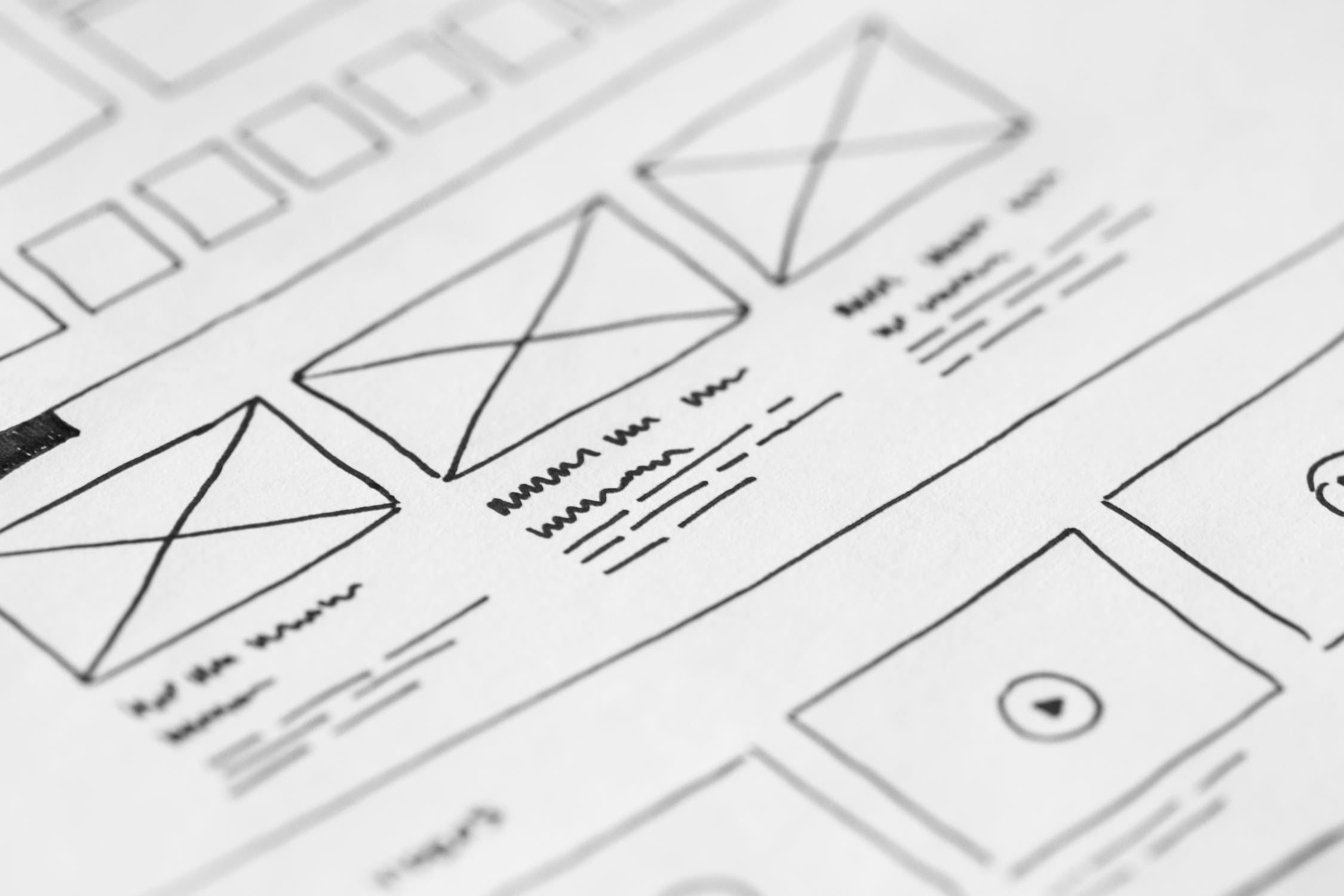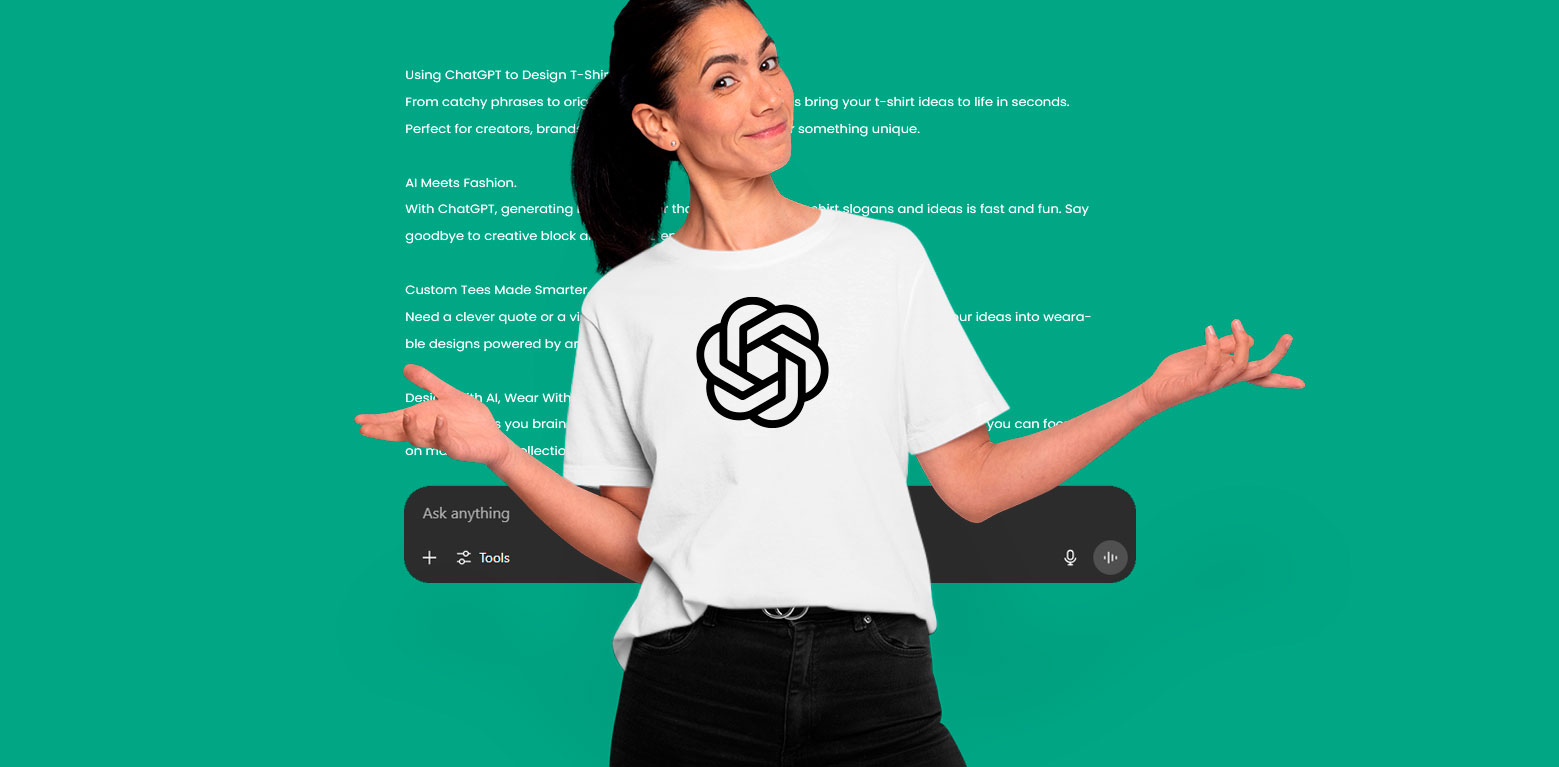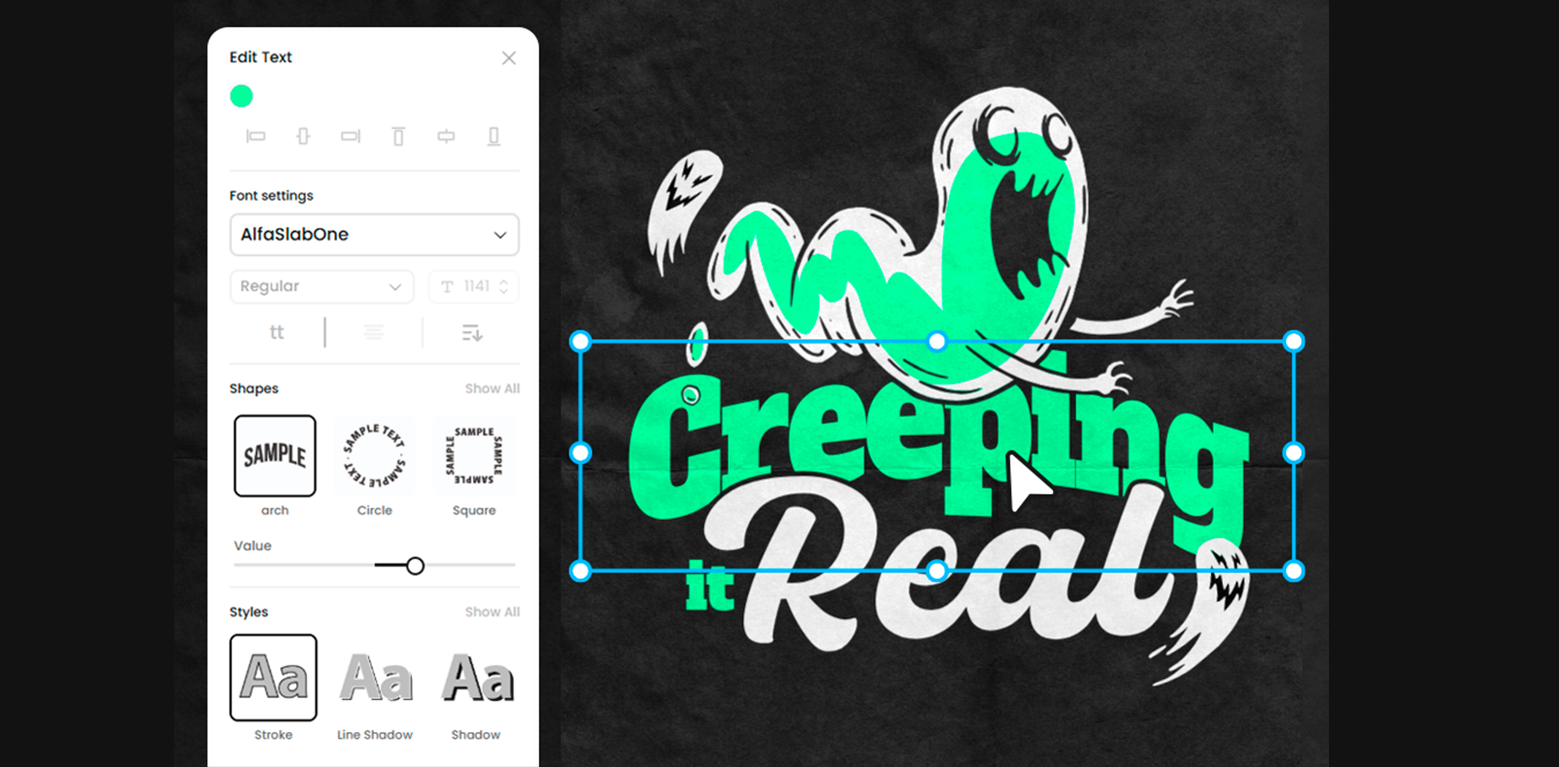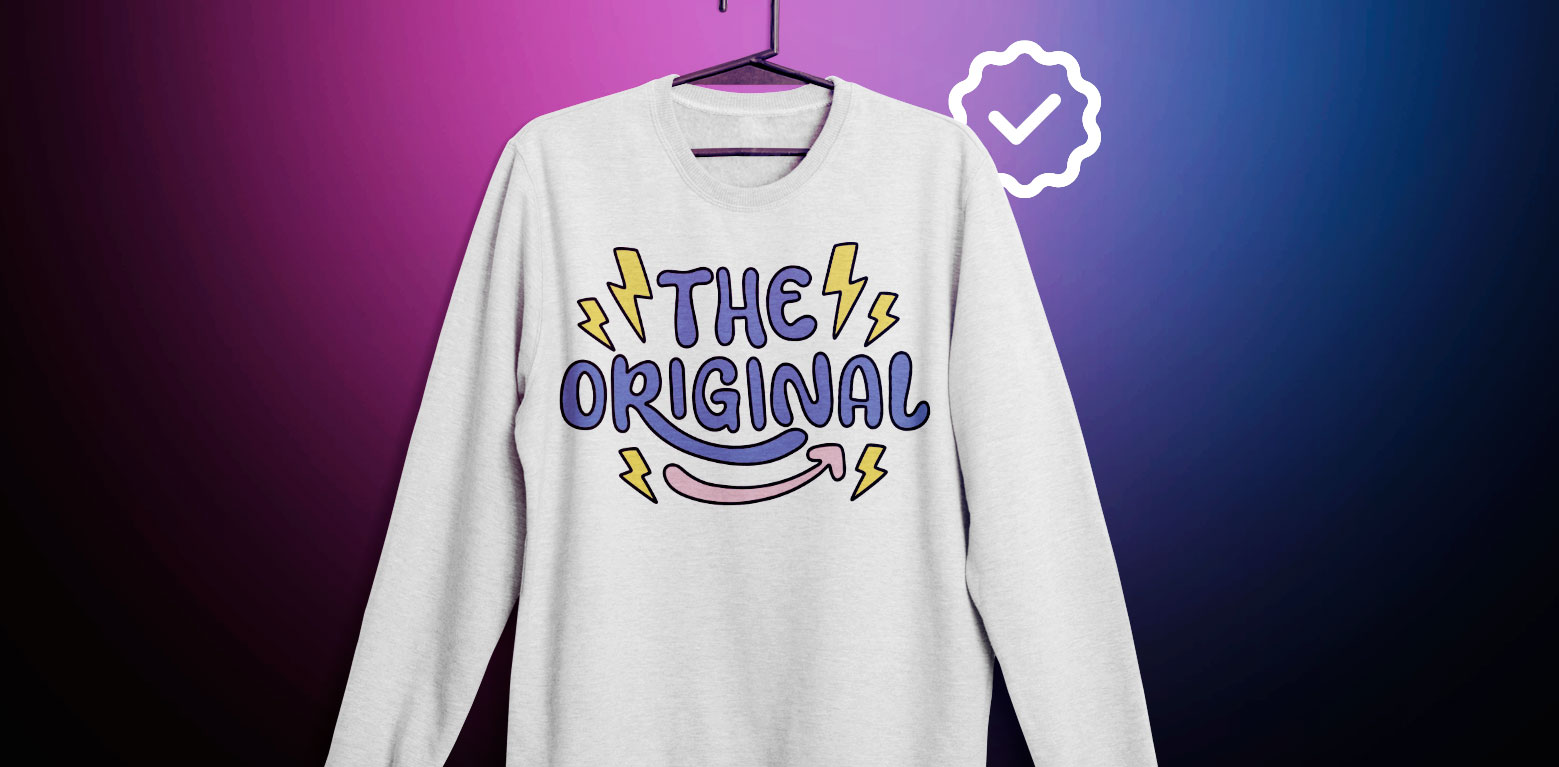What can look like good UI, can prove to be a really bad case of UX.
As much as developers might think that technical knowledge is what improves user experience, in most cases, psychology plays the biggest role. Are you surprised? You shouldn’t, because UX design has a long and consolidated relationship with psychology. Here are some tricks to use cognitive psychology to reach UX design excellence.
The link between user experience and psychology
We said it before: UX design has a long and lasting relationship with psychology. In time, developers and designers have observed that everyday stimuli can influence our thought processes. How is this influencing UX design? Designers and developers must understand that people have cognitive barriers when interacting with software, websites, and apps. There are a lot of factors, like usability, readability, ease of navigation, accessibility, and others, that influence how users interpret and understand a system’s design. Designers can implement all these principles to improve conversion rates and boosts user loyalty.
According to an experiment carried by Nickerson & Adams, only half of the subjects in the test were able to recognize the correct one cent coin from a series of drawings. What does this tell us? It helps us understand that people are unable to memorize exact details and elements. They will most likely remember general details, like the shape, and a main focal point. These will help them remember the same object or scenario when they interact with it later. In UX development, the implementation of a flexible mapping is very important when it comes to functionality and user experience.
#1. Abstract theory
All humans have abstract thinking skills. This is what differentiates us from other mammals, and makes us intelligent and rational. People have applied the abstract theory since the dawn of time to understand how different things around them work, to gain a better understanding of different domains.
The idea behind using the abstract theory for user interaction architecture is that there are different rules on how an interface should look like to help the user navigate through the software of the platform with more ease. The abstract theory is what tells developers that users can predict what to expect when they first interact with certain software.
#2. Transference
Taken up a notch, the transference principle tells designers that users have certain behavior based on their former interactions with similar systems. People transfer knowledge from past experiences to current or future ones.
This means that software users are going to expect the same functionality, design, and interaction with your software. In the users’ mind, there is a logical succession of events that helps them interact easier with new software, based on previous interactions.
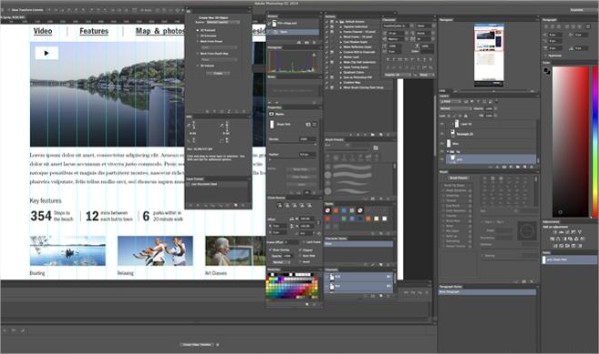 #3. Motor system limitations
#3. Motor system limitations
People are not good multitaskers. It is generally difficult for us to carry two motor tasks at once. This is a normal motor system limitation. Our brains are wired to give our undivided attention to a single task at once. The brain and body cannot deal with a high number of stimuli, so UX designers should aim to create simple and straightforward software interfaces. This way, they avoid overworking the rather limited abilities of the end-user.
Apart from motor skill limitation, people also struggle with memory limitations. Not only we have difficulties to manually perform multiple tasks at once, but according to a recent study, we can process only approximately seven items or pieces of information at once. For a useful and successful user-software interaction, designers should limit the information intake to a maximum of seven elements at a time.
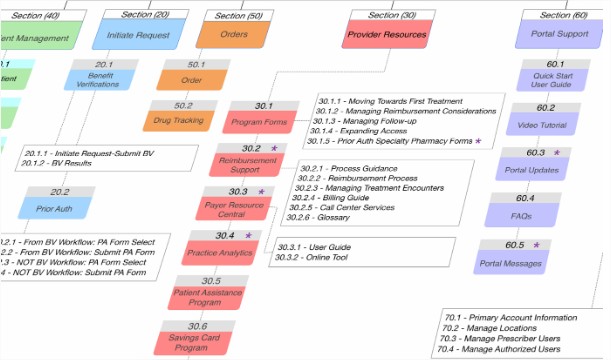
#4. The left-to-right theory
The easiest way to get the users’ attention is to emphasize important information in bright colors, and less information in duller shades. Users will intuitively decide that brighter paragraphs are more important than duller ones. But the left to right cognitive psychology theory comes to complete this hypothesis. According to this principle, people process information in the following order: from left to right, from top to bottom.
In the advertising and publishing industry, this principle is being applied for decades. And UX designers have also started to use it to improve user experience and interactions with software products. Today, UX designers arrange systems and layouts based on this principle to grab users’ attention and create eye-catching and easy-to-process layouts.
#5. Blue peripheral vision
This principle is an intricate blend of cognitive psychology and anatomy. According to this theory, the cones in our retina on the edges of our eyes are blue. UX designers use this assumption when creating their products. You might have noticed that lately, software and web pages are blue, or use blue as an accent color. Take a look at Facebook or Google. All these products have blue integrated with their design in all relevant areas. This is the reason why.
In UX design, but also in cognitive psychology, other colors have different meanings. We associate red with danger and urgency. We associate green with safety and cleanliness. Based on this principle, UX designers can use different colors to send different messages to the user, and make their interfaces more intuitive.
#6. The Simon Effect
The Simon effect is another principle used in UX design. According to this theory, people respond faster and better to stimuli that appear from the same location as where the response should take place. This happens even if the exact location of where the information is, is irrelevant to the task they have to perform. For instance, when people are told to lift their right hand and the information comes from their left, they will spend more time processing the information.
“UX designers can use this information to make interfaces more intuitive. Developers can use this principle to offer users a better idea of where to find answers and information. Each task should be directed at one point and the solution offered should also correspond. This way, users will know exactly where to search for each information and element.” Says Richard Johnson, head of the UX design team at WowGrade.
#7. Automatic processing
People have both controlled and automatic cognitive processes. The controlled ones are those we make consciously, while the automatic ones are immediate responses, without any conscious decision behind them. The simplest way that the study authors have found to prove this it was to show subjects an image with a text that instructed not to read it. Obviously, all subjects have automatically read the text. UX designers can ally this theory to grab visitors’ attention easily and force them to get accustomed to different information.
#8. Proximity
The proximity principle says that objects grouped are perceived as being somehow connected, associated, or related. Our perception of different objects helps us see “the bigger picture”. Developers can use this theory to group tasks and elements so they can be identified with more ease by the user.
#9. Similarity
The similarity theory states that objects with a single common element are perceived as associated, related or even identical. This theory can be used to help system users to decompose information easier and to understand each element with more success, later.
Conclusion
UX designers can use psychology to influence how users perceive their systems. They can help users interact with the system easier, thanks to the principles above. By understanding how the human mind works, developers and designers can perfect their products, increase their profits and win their users’ loyalty.
Estelle Liotard is a seasoned content writer and a blogger, with years of experience in different fields of marketing. She is a senior writer at Supreme Dissertations and content editor at GrabMyEssay. Her passion is teaching people how to overcome digital marketing obstacles and help businesses communicate their messages to their customers.

